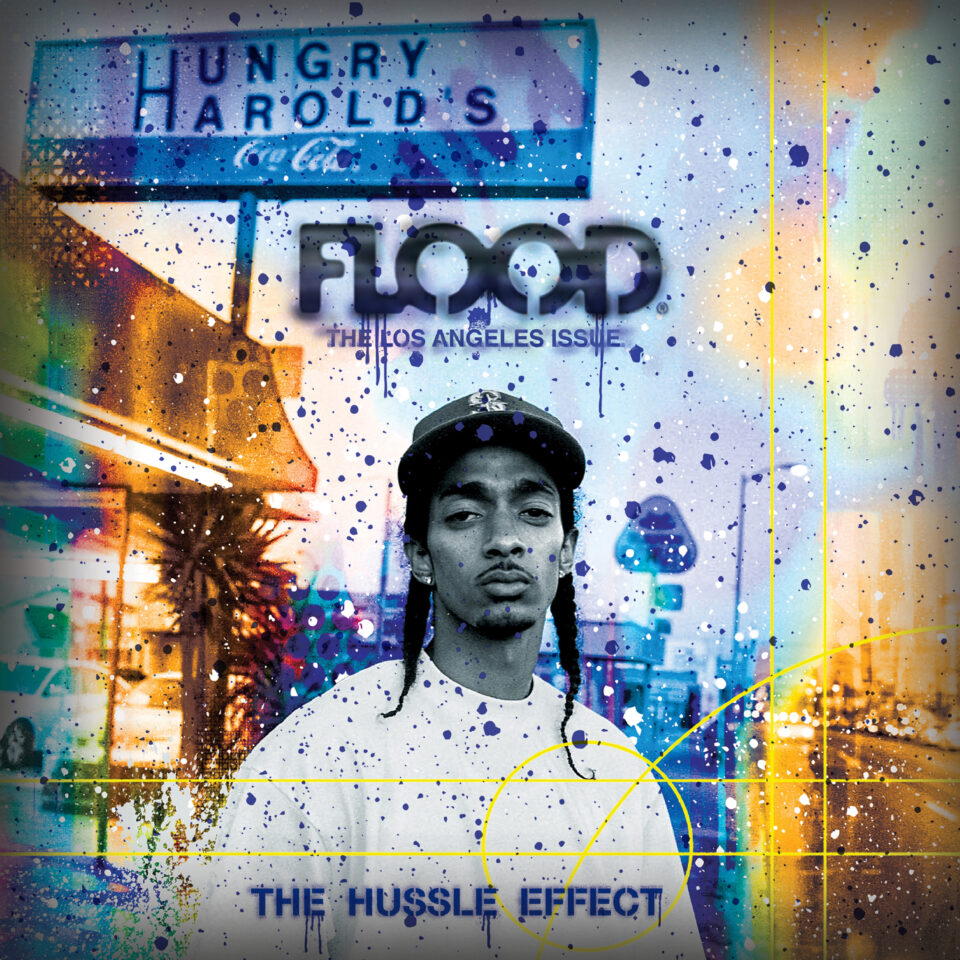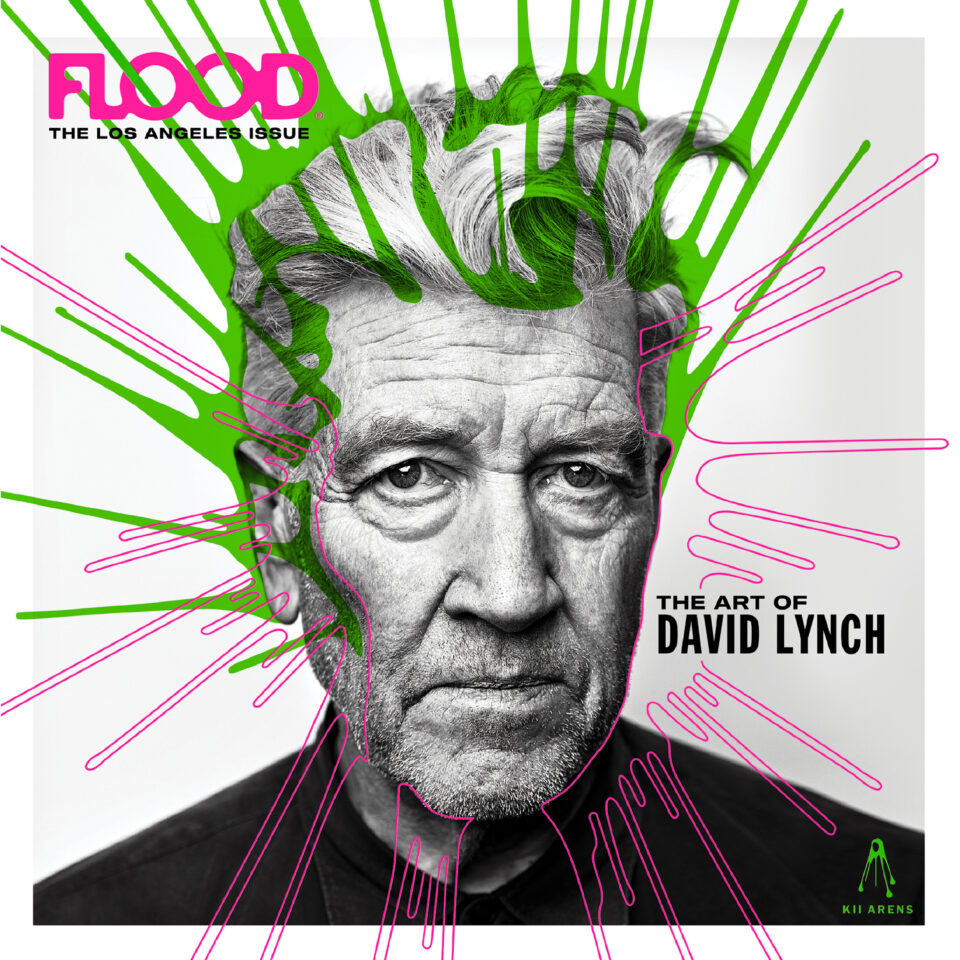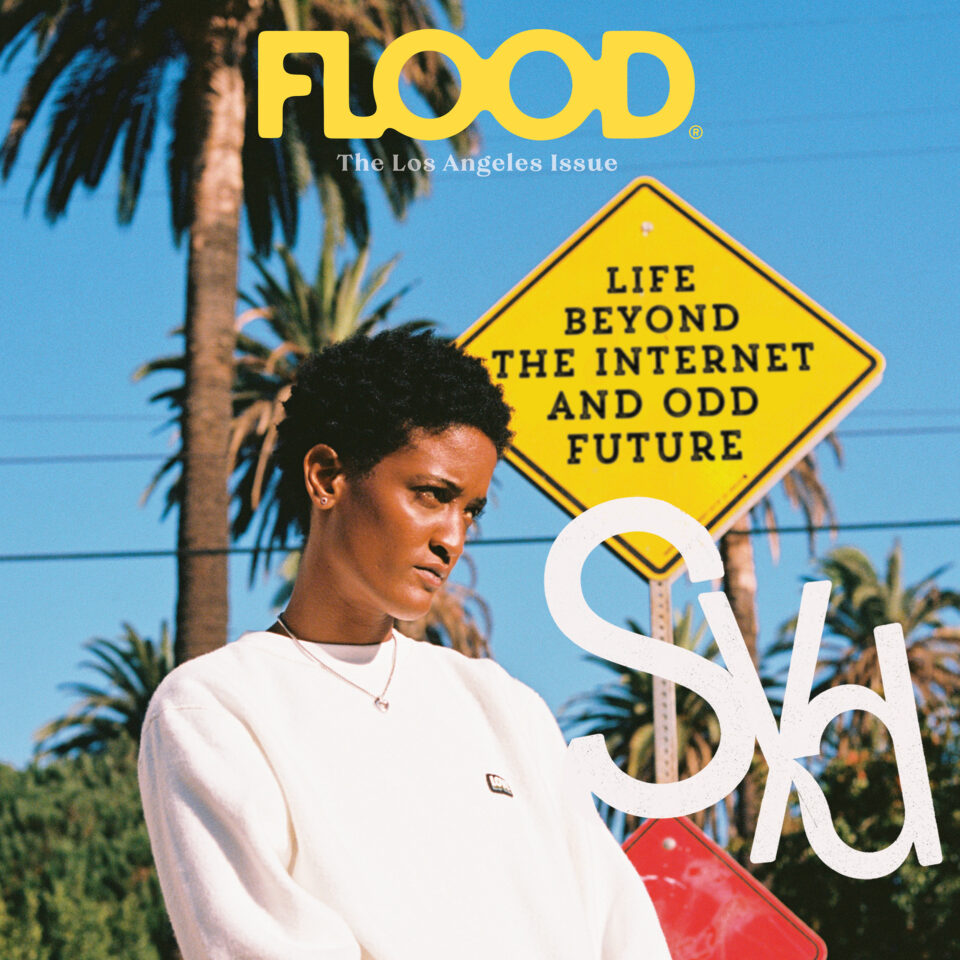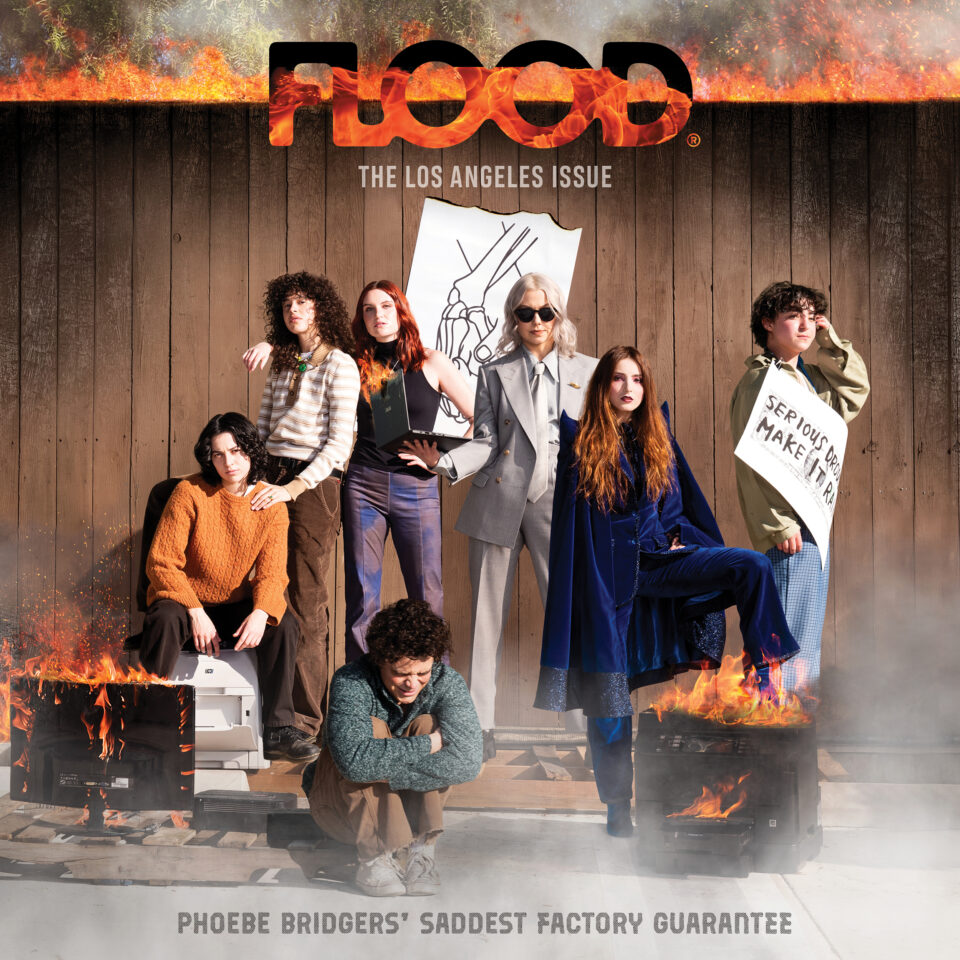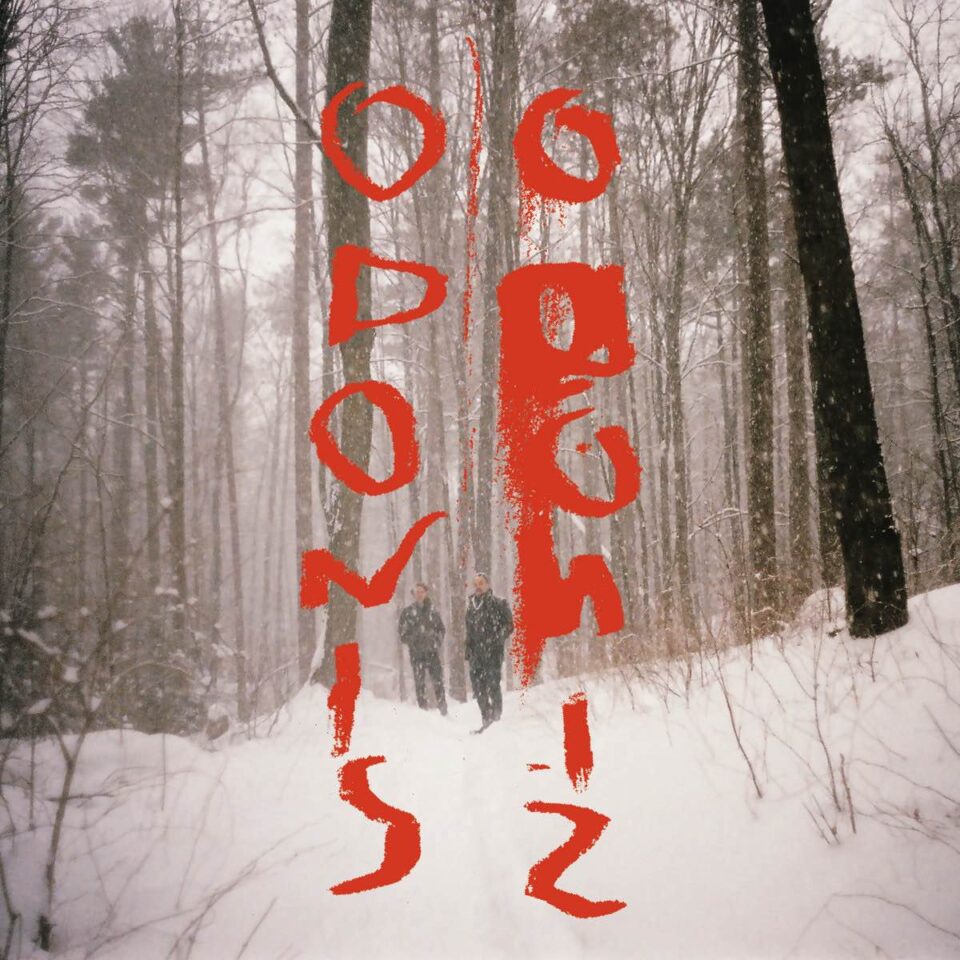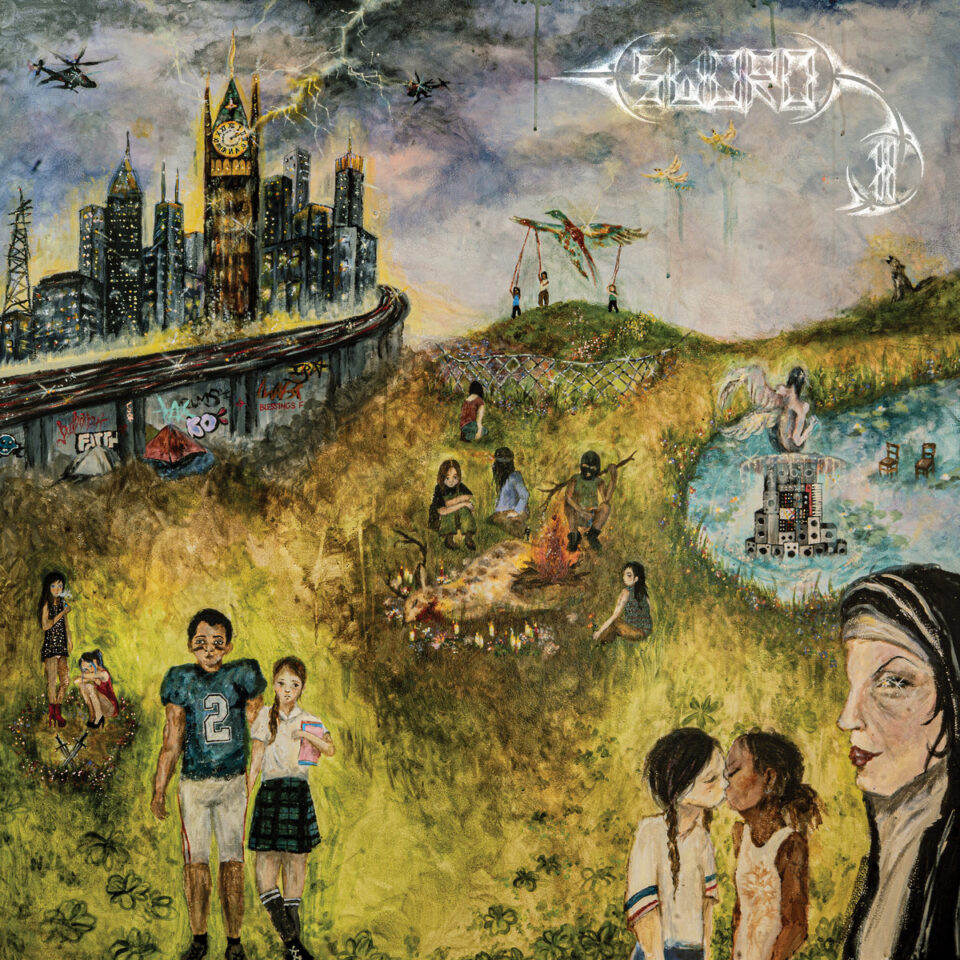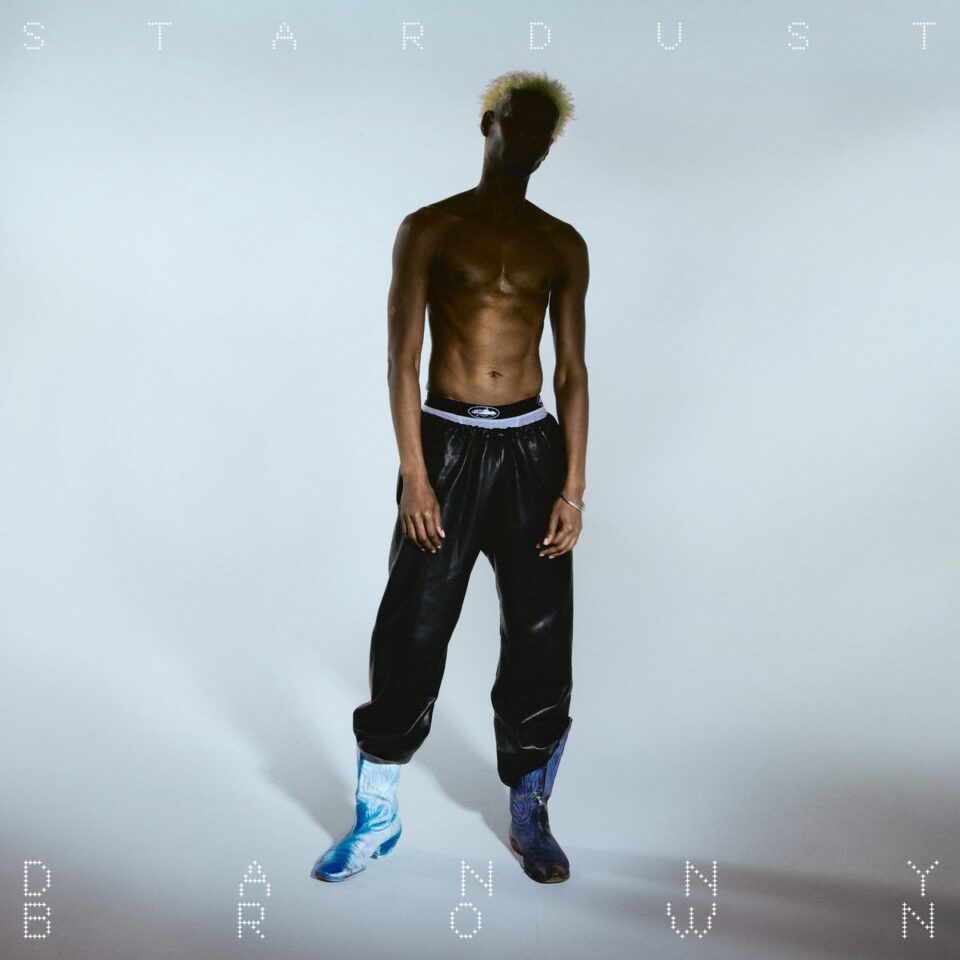Regardless of how you felt about the quality of the films released in 2018, this has easily been the best year for movies in recent memory. There was a button on our telephones called “MoviePass” that permitted us to see as many movies in theaters as we could fit into our schedules for a monthly fee that was about two-thirds of the average ticket price, while AMC and Criterion nearly pulled off a streaming service as accommodating to film school types as it was to schlock horror aficionados. Even if you hated all these new movies about pop stars and streaming-exclusive true crime limited series, the process of watching them was undeniably painless.
But in this chaotic shuffle of less-than-intentional screenings, ten films stood out to us as being both peak-2018 cultural moments and to-be classics, offering vastly different interpretations of the graphic nature of vigilante thrillers, the horrors of being thirteen, and the snuggliness of bears. Even if we only stumbled upon these movies because, hey, they were basically free, their potent ideas and imagery will weigh on our conscience until they inevitably resurface on Netflix, HBO Go, Filmstruck 2.0, or whatever corporate conglomeration Warner Bros is cooking up.
As 2019 works out the kinks in the recent trend of subscription-based media and the buzzwordization of “experience,” these ten films will remain emblematic of a shifting cultural regard for what a movie is, how we watch it, and why—not to mention all those external factors informing dire screenplays on climate change and witch hunts.
Presenting the best movies of 2018.
10. Widows
There’s a scene partway through Widows where three women—Michelle Rodriguez’s Linda, Elizabeth Debicki’s Alice, and Cynthia Erivo’s Belle—stand around a table in a dark warehouse filling Tupperware boxes with dirt. The mood is not lighthearted, exactly, but a jokey commiseration alleviates the tension; they’re unsure why they’re elbow-deep in soil. Then Veronica (Viola Davis) enters, grim and luminous, white dog at her feet, to enlighten them. They need to practice carrying the weight of the cash they plan to steal: stacks of fifties are heavier than stacks of hundreds. When Rodriguez runs to the van with the pack of dirt strapped to her back, her knees nearly buckle. “Get this off me,” she says. The term “heist” is an American bastardization of the older word “hoist”—to lift—and the pleasure of a typical heist film comes from admiring how easily the light-fingered thieves carry out their job. Widows, on the other hand, impresses upon viewers the weight of the burdens its women bear: race, gender, debt, motherhood, grief. Heavy but not heavy-handed (except, perhaps, for Colin Farrell’s Chicago accent), the film secures the bag. — Corbin Dewitt
9. Three Identical Strangers
If Won’t You Be My Neighbor? provided people with what they wanted to hear in 2018—namely, that there’s still some good out there in the world—Three Identical Strangers provided people with what they needed to hear. So yes, thank god there’s still good in this world worth celebrating, but what’s equally important is remembering the atrocities that society has proven itself capable of enacting—especially those in our own backyard. Without giving too much away for those unfamiliar (Congrats! Watching this movie will destroy you!), the central question posed by Tim Wardle’s documentary, about three identical brothers who didn’t know the other two existed until they were nineteen, is not just the degree to which nature fights with nurture, but whether it’s even possible to explore such a topic in an ethical manner. It’s a film about brotherhood—the bond of family, both blood and adopted. But it’s not a stroll through Mr. Rogers’ neighborhood, that’s for sure. — Nate Rogers
8. Hereditary
Hereditary, the feature-length debut from director Ari Aster, begins with Annie Graham (Toni Collette) addressing a crowd gathered at the funeral of her mother, who Annie refers to as “a very secretive and private woman.” Without going into too much detail, that turns out to be an understatement. Hereditary is not for the faint of heart—but not because it’s a bloodbath with a high body count. It isn’t. It’s more like slow-burning, artful family terror with some supernatural demonism mixed in. The characters are complex and utterly human, so we’re never quite sure what they’re going to do next (or what will be done to them—poor Charlie!); in the hands of lesser actors, such erratic behavior might not have been believable, but this cast rises to the occasion with Collette and Alex Wolff turning in particularly skilled performances as a mother and son struggling to figure out what malevolent qualities they’ve inherited from generations past. Remember: Your mother brought you into this world, and as the keeper of all your memories, secrets, and weaknesses, she could just as easily take you out of it. — Lydia Pudzianowski
7. The Ballad of Buster Scruggs
“We’re all gonna be just dirt in the ground,” Tom Waits sang on his 1992 album Bone Machine—and now, a quarter of a century later, he’s bearing witness to the same truths, this time as a prodigiously bearded prospector in a Western anthology film from The Coen Brothers. Waits’ is one of six studies in miniature here, all existing in dialogue with one another and all pointed in basically the same direction—toward the grave.
But there’s more than one way to contemplate mortality, and the Coens come at it from all different angles. The title segment, an uproarious musical comedy, skewers the blood-soaked mythos of the American West. A particularly ghastly segment with Liam Neeson feels almost like a political parable, one where opportunism and sideshow bluster aren’t quite enough to cover a gaping moral chasm. And there is literal gallows humor in James Franco’s segment, where a doomed man’s final words can’t help but trigger memories of Fargo’s Marge Gunderson. “And here ya are, and it’s a beautiful day,” she intoned; but in The Ballad of Buster Scruggs, night falls for everyone sooner or later. — Josh Hurst
6. Eighth Grade
Writer-director Bo Burnham made his first YouTube video at the age of sixteen—just a few years older than his debut film’s protagonist, Kayla Day, who lives just as beholden to an online presence as her creator. Elsie Fisher, natural yet outstanding, brings Kayla to nervous life by making every aspect of life around her a little too extreme to suffer comfortably: too loud, too ridiculous, too heartbreaking, too terrifying. While these moments are recognizable to anyone who’s fought anxiety at any age—and Burnham has a comedian’s eye for pitch-perfect exaggerations—Kayla’s school year is ultimately defined by two disquieting, unforgettable sequences: the infamous “backseat scene,” scarier than any horror film this year, which prompts consideration of the kinds of assaults that don’t make headlines; and the school-shooter drill the students yawn, flirt, and “LeBrawn Jaaames” their way through, juxtaposing the morbid and the mundane with a boldness straight out of Strangelove. — Eric Stolze
5. Paddington 2
Paddington 2 feels like snuggling beneath a warm fleece blanket straight out of the dryer, or eating garlicky mashed potatoes with butter on a cold night. It is cosy, but with the British s, not the American z—the latter adds a sudden harshness to the word, and there is nothing harsh about Paddington. The film was intended for children, granted—but it’s also garnered the universal affection of critics, who rewarded it with a new record, “best-reviewed movie ever”; and also adults, who will appreciate it even more than their kids, because few tots delight in sumptuous art direction or the relief of a kid’s flick that doesn’t pander, sugar-coat, and bore. The production design shines with carefully cluttered rooms and primary colors (warm, homey yellows and reds so rich they’ll practically blind you) and inventive visual narrative devices, like a pop-up book about London which springs to life, allowing our characters to step inside. Paddington is a small, cheerful bear in a blue coat (his computer-generated face is expressive and his body seems covered in real fuzz) who is saving up money to buy his Aunt Lucy a birthday present; but when someone else steals his intended gift from the shop, Paddington is wrongfully imprisoned for the crime and his loving (human) family must somehow prove he’s innocent. The whole thing is heartwarming but never, ever cloying, at times even tiptoeing toward impropriety (most notably, with a pervy male security guard who lusts after Hugh Grant). If you don’t love this movie, you might not be lovable yourself. — Anya Jaremko-Greenwold
4. You Were Never Really Here
Be forewarned: Lynne Ramsay doesn’t give a fuck about your catharsis. The Scottish auteur, known for 2011’s similarly disruptive We Need to Talk About Kevin, began her latest film with a novel by Jonathan Ames (who co-wrote the lean screenplay with her) and crafted a wrenching fever dream that both deconstructs vigilante thrillers and takes the entire subgenre to task. Gone is the wish-fulfillment usually found by following a renegade; instead we have Joe, not so much played by Joaquin Phoenix as worked by him, inhabited with a white-knuckle grip, pushed to tears of frustration instead of badass one-liners. Phoenix is interested in showing the everyday minutiae and sweaty extremes of a psychology capable of vigilantism—there’s no off-switch, no double life. The only alter-ego is whoever he was before trauma wrecked his grasp on reality. Gone is the exhilaration of action sequences where bad guys are punished; deaths happen off-screen, and Ramsay composes innovative approaches to Joe’s missions (most notably, a rotating series of security camera angles) that withhold any of the thrills and show only the anticipation and the damage. Gone is a mission-accomplished resolution promising a better tomorrow for Joe and Nina (Ekaterina Samsonov), the child prostitute he’s tasked with rescuing; this ending doesn’t let you off the hook so much as move you to a more permanent one. What, Ramsay asks, did you want to see from this broken man? Why do you expect anything more from violence than consequences? Why are you even really here? — Eric Stolze
3. Mandy
From its idyllic opening, set to the mournful Frippertronics of King Crimson’s “Starless,” to its blood-and-acid–soaked conclusion, Panos Cosmatos’s Mandy exists solely in its own world. While there’s a good chance many viewers went in expecting an elevated gore fest—two hours of Nicolas Cage artfully dismembering dark forces—the film offers more than pulp ultra-violence. Trading in occult mysticism, prog-rock grandeur, and liberal pulls from the iconography of heavy metal (and Heavy Metal (1981)), Cosmatos is interested in more than chainsaw battles and demonic bikers—Mandy plunges headfirst into the murky waters of the male ego and its resultant destruction.
Andrea Riseborough stars as the eponymous Mandy, an artist who lives with Cage’s “Red” on a forested mountain in some sort of parallel universe’s 1983. She’s an artist, emblematic of the creative spirit, and the first quarter of the film focuses in on the naturalistic bliss she and Cage, performing at his quiet, soulful best, share sequestered away from the world. The calm is ruined by the arrival of Linus Roache as the charismatic psych-folk cult leader Jeremiah Sand. Confronted by Sand’s megalomania, Mandy refuses to yield. His flock descends upon the couple and upsets the tranquility.
A good revenge movie asks you to accept that the violence therein is restorative and justified. And sure enough, when Red sets out on his vengeful quest, when Cage goes full-on bugshit Cage with maniacal glee, it’s easy to get lost in the kills. But it’s the quieter sections that linger, the moments where the late Jóhann Jóhannsson’s score dovetails with the grainy haze of Cosmatos’s intimate shots. Mandy meditates less on retribution and more on loss. As Red becomes an avenging gollum, more death-dealer than man, it becomes clear: there’s only suffering when we dispense with our humanity. — Jason P. Woodbury
2. Annihilation
Nothing has crawled beneath my skin this year quite like Annihilation. When I sat watching in the theater, a pungent sense of dread curled its tail around my legs and as an all-female crew of scientists crept closer to their end-goal of a lighthouse inside “The Shimmer,” I was scared. Not for them, even—more for me, sitting safely in Los Angeles. I didn’t feel ready for what I might see in there.
And for good reason: the things Alex Garland (Ex Machina) brings to life in his second sci-fi film as director, based on a book by Jeff VanderMeer, are both strange and uncanny. This Shimmer is an inexplicable, iridescent hellscape rapidly overtaking a portion of Florida, transforming and refracting everything it touches, and Natalie Portman plays Lena, a biologist who journeys inside the encroaching force on a government mission with two other scientists, a paramedic, and a psychologist. Lena enters with baggage—her husband was the sole survivor of the last Shimmer-mission, but he returned practically comatose—and the other women are similarly burdened, suffering from depression, grief, or disease. Their trek is part-kamikaze, part-adventure; each are steely-focused and resigned to exploration, but simultaneously prone to self-destruction. No one goes in without something to prove or some hole to fill, and one or two of them might not even want to get back home.
Inside The Shimmer, there abounds mutated and psychedelic vegetation, shark-alligator hybrids, and a distorted bear who howls with the voice of a person. But Annihilation’s third act, occurring inside the aforementioned lighthouse, is by far its most transcendent. There is a magnetic four-note musical theme on the soundtrack—a sort of fuzzy vibration, simultaneously grand and terrible, that caused a small sensation online when the trailer debuted—and it’s used for the first and only time during this climax. Its a harmony as alien as Garland’s imagery, which is presented, otherwise, in total silence. Without giving too much away, I will say only that there is death, rebirth, and a doppelgänger.
As a viewer, I felt the inklings of something I suspect audiences felt in spades watching 2001: A Space Odyssey in 1968: awe. This is genre filmmaking at its most ambitious, and Garland isn’t aiming to tail Christopher Nolan; he hopes to follow in the footsteps of visionary big boys Kubrick and Tarkovsky. Has he been successful? Perhaps not fully, but this is only his second feature. Give it time. — Anya Jaremko-Greenwold
1. First Reformed
At this point in film history, Taxi Driver has essentially become its own genre, providing a strict Campbellian structure to the similar stories of disillusioned males whose professions range from drug dealing to stand-up comedy to mall surveillance. Almost half a decade later, though, Scorsese’s film’s most complex disciple is the product of the same mind that brought us Travis Bickle: First Reformed is screenwriter-turned-director Paul Schrader’s theological overhaul of Taxi Driver, applying an existential coin-flip scenario to Bresson’s country priest caught up in the contemporary snares of apocalyptic environmental projections and the corporatization of sacred institutions.
Despite focusing on such broad issues, at its heart First Reformed is about the corruption and decay of its troubled lead, whose spiritual obligations are constantly being tested by the church’s quickly developing capitalistic relationships, all while his physical body is suffering a dramatic climate change inflicted by alcoholism. All around him the world is falling apart: he’s inundated with data about global warming and other environmental concerns, while his church—in desperate need of an organ transplant—only seems to remain open as a tourist trap. As the leader of a congregation—no matter how diminished—how does one parse such apocalyptic realities into the life-affirming and increasingly Disney-fied scriptures of the New Testament? And in doing so, how do you delude yourself into convincing yourself of what you preach?
As a Bickle figure, Ethan Hawke’s Reverend Ernst Toller is just as devastating as De Niro’s prototype—only instead of a sinister, unreadable Mona Lisa grin, Toller is equipped with a perpetually quivering voice. Though his actions are contrastingly level-headed leading up to the film’s anxiety-inducing climax, Toller’s alienation and worryingly malleable worldview are just as susceptible to the sudden introduction of a subject of affection (played by the equally quivery and faintly Cybill Shepherd–like Amanda Seyfried). Additionally, Toller’s disgust with the film’s symbol of power—Cedric “Kyles” The Entertainer’s infuriatingly complacent leader of a nearby megachurch that owns First Reformed—feels significantly more justified than Bickle’s.
Perhaps at the very bottom of this existential dogpile is the fate of an unborn child who, of course, is enwombed by a husbandless woman named Mary—a beacon of hope in a decayed-beyond-repair world. Regardless of your interpretation of the questionably hallucinogenic finale, there’s hardly an optimistic spin on Toller’s fate sustaining a once-great institution that’s slowly bleeding out. — Mike LeSuer


